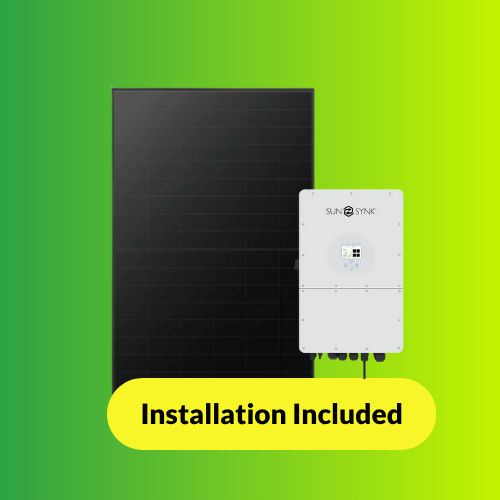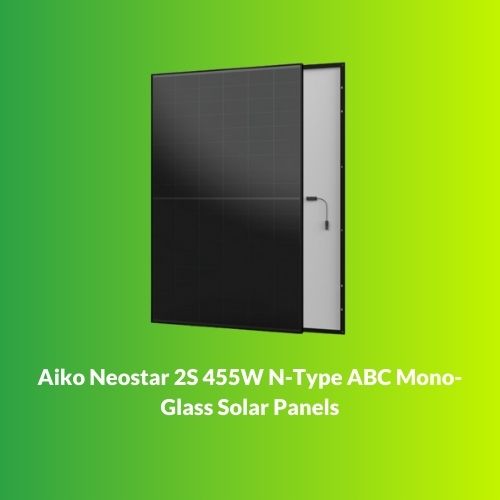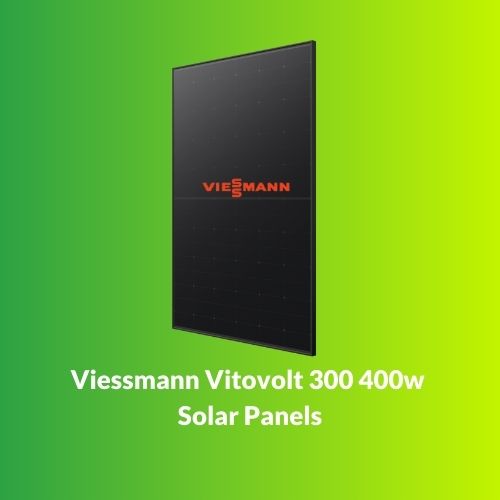Your basket is currently empty!
Solar Panels
Filter & Sort
Start Your Solar PANEL Project Today
Buy 1 get 1 FREE Solar Panels With Installation!
Solar Finance Options & Price Match Too!
Solar Panels
Imagine powering your home with clean, renewable energy that cuts your bills and helps protect the planet. At Green Central, we make switching to solar simple and affordable with top-quality solar panels and battery storage solutions tailored for UK homes.
Our durable, high-efficiency photovoltaic panels turn sunlight into reliable electricity, helping you reduce energy costs and carbon emissions. Whether you’re looking to save money or embrace a greener lifestyle, our systems are designed to fit your home perfectly.
Quick FAQs
How much do solar panels cost?
A typical 4kW solar system for an average three-bedroom home costs between £5,000 and £10,000, depending on the system size and specifications.
How many panels do I need?
Your energy consumption and roof space determine how many panels suit your home. Our free survey provides a personalised estimate.
Do I have enough roof space?
Most standard systems require around 20 to 50 square meters of roof area. Our experts will assess your property to confirm suitability.
Why Trust Green Central?
Green Central combines expert knowledge with excellent customer service to make your switch to solar easy and rewarding. From the initial site survey through installation and ongoing support, we ensure your solar journey is efficient and trouble-free.
Ready to reduce your energy bills and your carbon footprint? Contact Green Central today to book your free solar assessment and take the first step toward a cleaner, greener home.





















